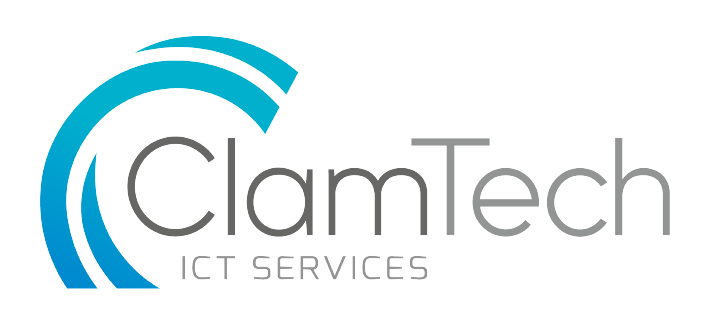
The global pandemic that shaped 2020 accelerated many business trends, including remote working and digital transformation, forcing I.T leaders to adapt their budgets accordingly. Most companies’ budget cycle was also disrupted, with most shifting their IT spending and plans for new projects.
After the considerable decline in global tech spending in 2020, Gartner forecasts a 4.3% recovery over 2021, but this will still see a 3.3% decline from the 2019 figure. The analyst firm warns that a relatively smooth recovery of top-line IT spending does not mean there is no turbulence across countries, industries and markets. Another study by IoT Analytics suggests that remote working and supply chain issues were the most important tech-related issues for CEOs during the second quarter of 2020. As time went by, IT leaders became all the more pessimistic of the negative implications of the pandemic on their IT budget forecasts. At first, most companies were certain of their continued budget growths, with most thinking that their budgets were adequate to meet business needs and IT priorities. Then, uncertainty regarding new projects and future budgets set in and tech companies started becoming cautious.
Gartner now expects technology spend to recover at a faster rate than the overall economy. However, enterprises cannot return to previous processes as these are now rendered outdated, due to the disruption of their primary revenue stream during the pandemic. Businesses have been forced to use 2020 as an evaluation period to understand the changes that must be made to keep up with new customer demands and adapt to the “new normal”. In the digital age we live in, people and businesses heavily rely on technology to help them fulfil needs and desired outcomes; digital transformation for businesses is becoming a requirement.
A company’s ability to appropriately budget for its technology expenditures is now more vital than ever. The new differentiator in the industry will be their ability to be agile and adaptive to new technology trends that encourage the efficiency and security of their remote workforce. Technology considerations to budget for in 2021 include, cloud services, cybersecurity, communications services and managed IT services.
Cloud services are used to virtualize servers, desktops, business software, mobile applications, email services, data storage and other services which, if combined with a managed platform, are fully managed and delivered from a secure and reliable location. Companies benefit from adopting a cloud platform because it offers a way to conduct business at anytime and from anywhere. With most businesses having their workforce work remotely during the current situation, cloud services are crucial to ensure employees can be productive and collaborate while working from home. Whether collaborating on projects, engaging with customers or managing business operations, the cloud serves as the foundation to enable all these job functions to be conducted remotely and efficiently. Cloud-based business productivity software, like Microsoft 365, allows employees to collaborate and communicate remotely, with each other and with customers. When it comes to IT spending priorities, cloud infrastructure and applications must definitely be at the top of the list.
Businesses are not the only ones noticing the rise in demand for remote and digital technologies. Cybercriminals have also observed that newly implemented cloud-based remote workstations expose companies to various vulnerabilities. This is due to employees’ inexperience, as well as, the new systems and processes. Gartner also indicates that ransomware will pose a major threat in 2021, with an attack occurring every 11 seconds. Simply having an anti-virus software will no longer be sufficient; companies must prioritize cybersecurity as a top technology investment to secure their IT assets.
CIOs are increasingly moving towards third-party IT vendors and they are spending more of their budgets on subscription products. Spending on Infrastructure-as-a-service (IaaS) is expected to grow and budget-conscious companies will increasingly want to outsource via managed IT services for increased convenience, decreased costs, and increased efficiency. One thing is for sure; 2020 brought about a structural shift in various industries, driving businesses towards digital transformation, which has made them more agile and flexible in the long-run.












